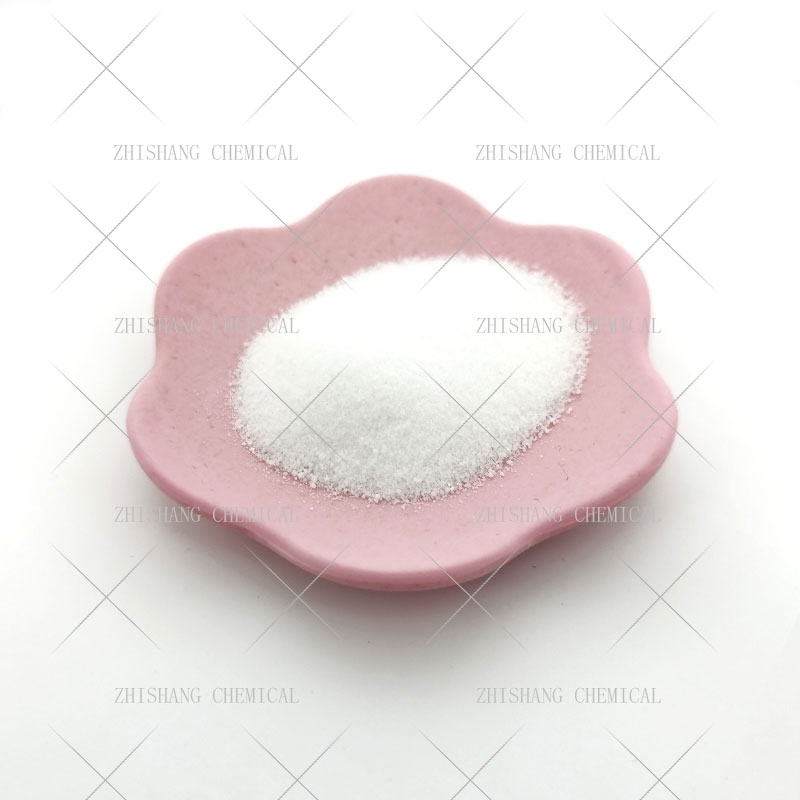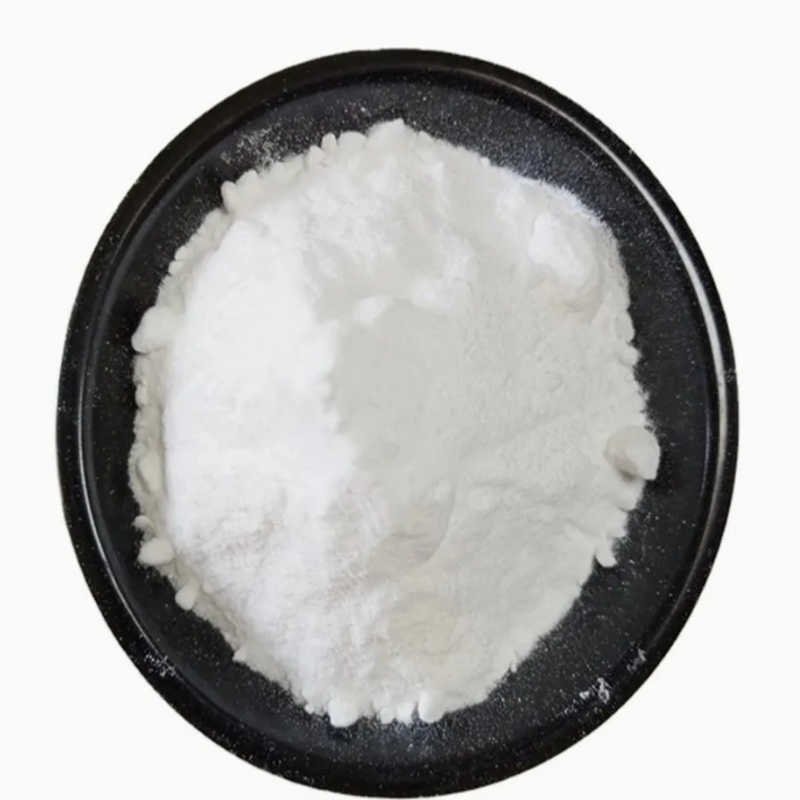-
Categories
-
Pharmaceutical Intermediates
-
Active Pharmaceutical Ingredients
-
Food Additives
- Industrial Coatings
- Agrochemicals
- Dyes and Pigments
- Surfactant
- Flavors and Fragrances
- Chemical Reagents
- Catalyst and Auxiliary
- Natural Products
- Inorganic Chemistry
-
Organic Chemistry
-
Biochemical Engineering
- Analytical Chemistry
-
Cosmetic Ingredient
- Water Treatment Chemical
-
Pharmaceutical Intermediates
Promotion
ECHEMI Mall
Wholesale
Weekly Price
Exhibition
News
-
Trade Service
Silodosin is a drug that is commonly used to treat the symptoms of benign prostatic hyperplasia (BPH), also known as an enlarged prostate.
It works by blocking the action of alpha-adrenergic receptors in the body, which helps to relax the muscles in the prostate and bladder neck, making it easier to urinate.
In addition to its use as a medication, silodosin has also been found to have a number of applications in the chemical industry.
One of the most notable is its use as a catalyst in the production of polyurethanes.
Polyurethanes are a type of polymer that is widely used in a variety of industries, including the automotive, construction, and textile industries.
They are produced by reacting a polyisocyanate with a polyol in the presence of a catalyst.
Silodosin has been found to be an effective catalyst for this reaction, thanks to its ability to coordinate with metal ions and promote the reaction.
Silodosin is also used as a ligand in the production of metal-organic frameworks (MOFs).
MOFs are a type of material that is composed of metal ions or clusters that are linked together by organic molecules.
They have a number of potential applications, including in the areas of catalysis, gas storage, and separation.
Silodosin is used as a ligand in the formation of MOFs due to its ability to coordinate with metal ions and form stable complexes.
Another application of silodosin is in the field of organic electrochemistry.
Organic electrochemistry is the study of the interaction between organic molecules and electrical charge.
This interaction is important in a number of areas, including in the development of organic electrodevices and in the study of bioelectrochemistry.
Silodosin has been found to be an effective ligand in organic electrochemistry due to its ability to coordinate with metal ions and facilitate electron transfer.
In addition to these specific applications, silodosin has also been found to have a number of other potential uses in the chemical industry.
For example, it has been shown to be effective in the extraction of metals, thanks to its ability to form stable complexes with metal ions.
It has also been studied for its potential use in the production of biodegradable plastics, thanks to its ability to coordinate with metal ions and promote the polymerization of certain types of plastics.
Overall, silodosin has a number of interesting applications in the chemical industry, thanks to its unique coordination properties and ability to form stable complexes with metal ions.
As research in this area continues, it is likely that new and innovative uses for silodosin will be discovered, leading to new and improved products and processes in the chemical industry.







